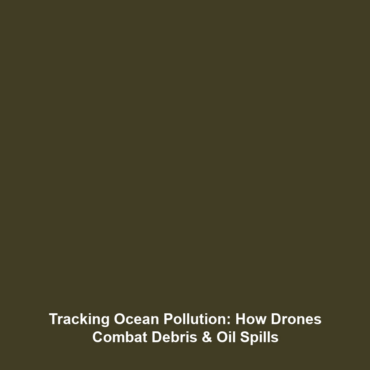New Discoveries in Environmental Impacts on Epigenetics and Their Relevance to the Human Genome Project
Introduction
The interplay between genetics and external factors has become a focal point of research following the Human Genome Project (HGP). Recent discoveries shed light on how environmental factors, lifestyle choices, and stressors can significantly influence epigenetic markers—chemical modifications that turn genes on or off without altering the DNA sequence. Understanding these dynamics is essential, not just for genetic research, but also for public health, as it underscores the intricate relationship between our biology and the world we inhabit. This article delves into these significant findings and their implications within the broader context of the HGP.
Key Concepts
Understanding Epigenetics
Epigenetics refers to the study of heritable changes in gene expression that do not involve alterations to the underlying DNA sequence. The Human Genome Project provided a reference for the human genome, enabling exploration into how external factors can affect gene regulation.
The Role of the Environment
Research indicates that environmental elements such as pollutants, dietary components, and lifestyle habits can induce changes in epigenetic markers. Examples of these markers include DNA methylation and histone modification, which play crucial roles in disease susceptibility and health outcomes.
Impact of Stress and Lifestyle
Studies show that psychological stress can lead to alterations in epigenetic markers, impacting individuals’ health over time. Lifestyle changes, whether in diet, exercise, or smoking, also play substantial roles in shaping these markers.
Applications and Real-World Uses
Understanding how the environment, lifestyle, and stress influence epigenetic markers has led to several practical applications:
- Public Health Initiatives: Tailored health programs can be designed considering an individual’s epigenetic risk profiles.
- Cancer Treatment: Epigenetic therapies are being developed to target specific markers influenced by environmental factors.
- Personalized Medicine: Enhancements in precision medicine can be achieved by leveraging knowledge of epigenetic modifications.
Current Challenges
Despite promising advancements, several challenges persist in studying and applying these discoveries:
- Complex Interactions: Understanding the complex interactions between genetics and environment remains difficult.
- Lack of Standardization: There is inconsistency in methodologies used to measure epigenetic modifications.
- Ethical Implications: Ethical concerns arise regarding privacy and the potential for discrimination based on epigenetic data.
Future Research and Innovations
The future of epigenetic research is promising, with multiple avenues for exploration:
- Next-Gen Sequencing: Advanced sequencing technologies will allow researchers to study epigenetics on a larger scale.
- CRISPR Technology: Innovations in gene editing through CRISPR may lead to targeted epigenetic modifications for therapeutic use.
- Longitudinal Studies: Continued long-term studies can provide insight into how lifestyle interventions affect epigenetic markers over time.
Conclusion
The recent discoveries surrounding the influence of the environment, lifestyle, and stress on epigenetic markers underscore the complexity of human health and genetics. These insights not only enrich our understanding of the Human Genome Project but also pave the way for innovative applications in medicine and public health. As research progresses, it is crucial to remain vigilant about the ethical implications and strive for standardized methodologies in the field. For further reading on related topics, visit our pages on Genomics and Epigenetics.

